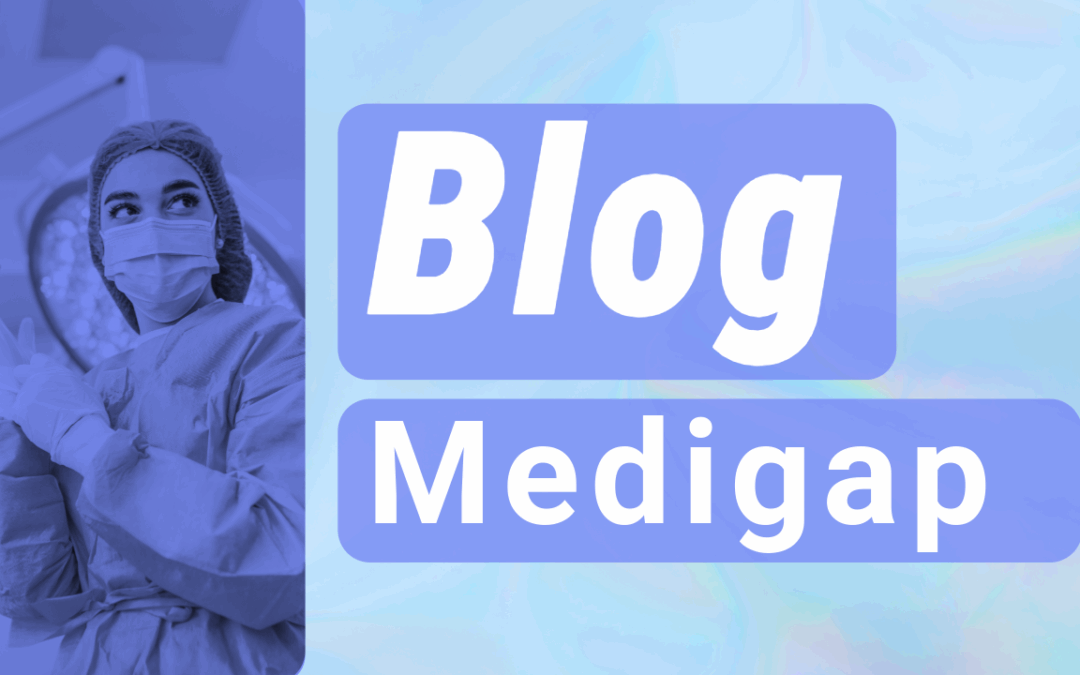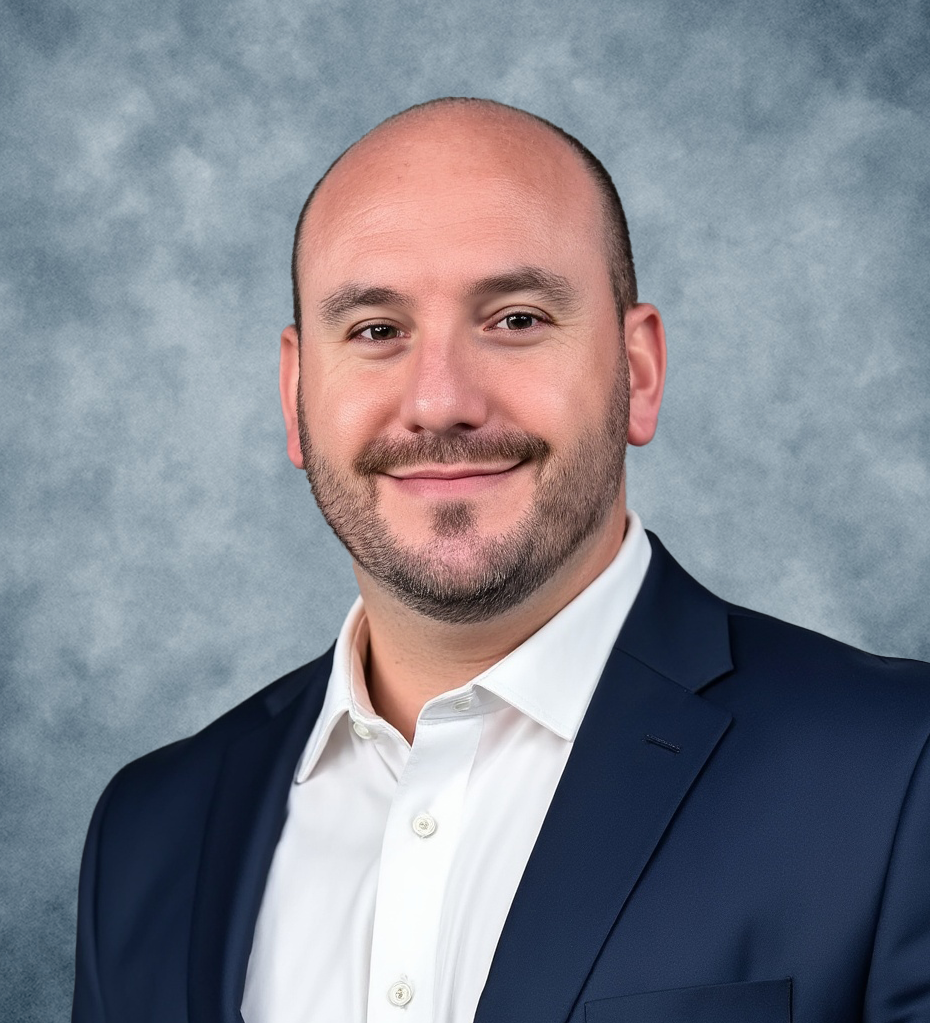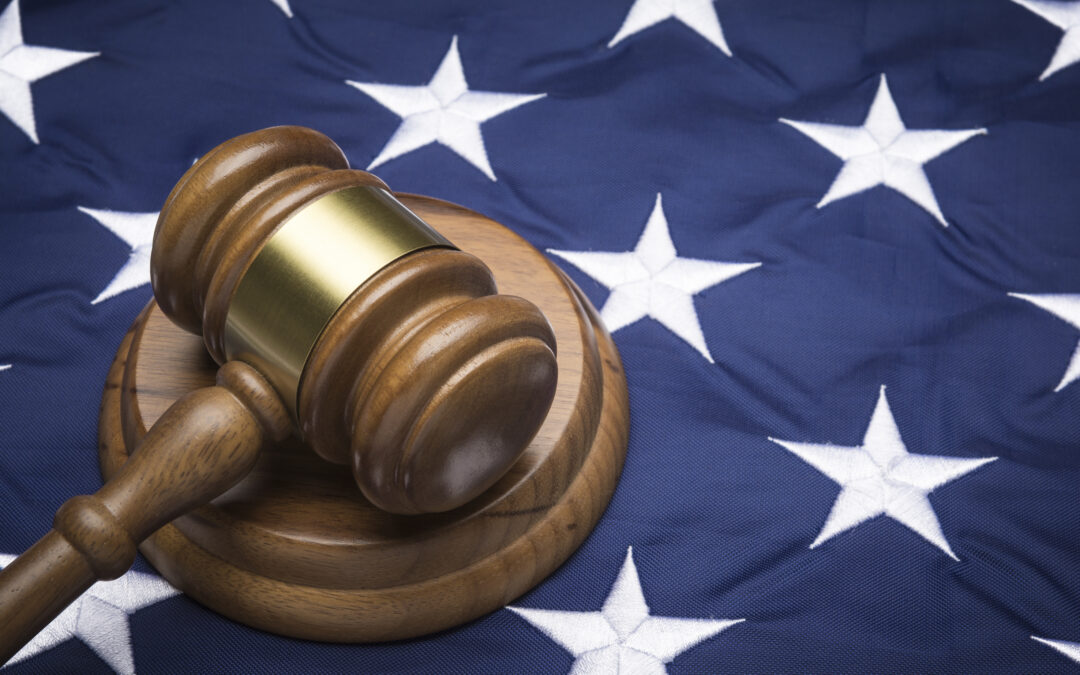
Medicare Supplement Selling
As an agent, Medicare Supplement Advantages are sometimes overlooked. Selling Medicare Supplements is an important part of an overall offering from an agent. In this blog we will discuss Medicare Supplement Advantages and Medicare Supplement Selling.
Medicare Advantage (MA) plans are subject to change every year, requiring licensed agents to guide beneficiaries through the maze of options. While Medicare Advantage plans often attract attention and continue to grow in market share, it’s essential not to overlook Medigap — Medicare Supplement Selling, as a pivotal part of your product portfolio.
With 23% of Medicare’s 65.1 million beneficiaries choosing a Medigap plan to cover their high out-of-pocket costs, understanding these products and offering them to your clients can significantly enhance your service to consumers seeking peace of mind in their healthcare coverage.
Why would someone prefer Medigap?
Medigap policies, crucial for filling the financial voids left by Original Medicare, offer a robust safety net for beneficiaries. These plans cover additional costs accompanying Medicare-covered services, such as copayments, coinsurance, and deductibles. Much like a hospital indemnity plan can help cover the out-of-pocket costs of MA hospital coverage, a Medigap plan helps a beneficiary pay for the extra costs associated with Original Medicare coverage.
However, unlike MA plans, Medigap plans offer the flexibility to see any doctor who accepts Medicare without the need for network restrictions or referrals. This aspect is particularly beneficial for those who require specialists or frequent medical care that may not be locally available or for beneficiaries who travel frequently or live in different states throughout the year.
The appeal of Medigap extends beyond just the broad provider access. Medigap plans are standardized, meaning the benefits for each plan type are the same regardless of the insurance company offering it. This standardization simplifies the decision-making process for beneficiaries and producers alike, as consumers can choose a plan based not on differing sets of benefits but on the reputation and service quality of the insurer. For example, a Plan G from one insurer will have identical medical coverage to a Plan G from another insurer, though premiums may vary.
Medigap’s consistency and predictability in coverage are also beneficial for financial planning. Beneficiaries can better anticipate their medical expenses without worrying about unexpected charges. For example, plans like Medigap Plan F and G cover Medicare Part B excess charges, which are the costs that providers can charge over what Medicare will pay. This coverage is critical for avoiding surprises in medical billing, ensuring that beneficiaries aren’t left financially vulnerable after routine or specialist care.
Knowing each plan’s specific strengths
Each plan has strengths, and choosing the right one depends on the individual’s health needs and financial situation. For instance, Plan G is a popular choice for new Medicare enrollees, as it offers comprehensive coverage except for the Medicare Part B deductible. And Plan N, while requiring copayments for doctor and emergency room visits, often has lower premiums, making it a cost-effective option for many beneficiaries.
Here is a more specific Medigap benefit breakdown from Medicare.gov:

Why should you prioritize Medigap knowledge?
It’s essential to understand the intricacies of Medigap as you field common objections to MA plans, such as fears about network restrictions and potential high out-of-pocket costs. By being knowledgeable about Medigap, you can provide a comprehensive overview of available options, helping people make informed decisions based on their specific health needs and financial situations.
Medigap’s lack of network restrictions offers a stark contrast to MA plans. It can be a critical selling point for beneficiaries who value the freedom to choose their healthcare providers or those who may require specialists not within a plan’s network. The standardized nature of Medigap plans means that once a person chooses a plan, they can be assured that the benefits won’t change annually, unlike MA plans, which may alter benefits, network structures, or provider agreements each year. This stability can significantly comfort those who desire more predictable healthcare coverage and costs.
Licensed agents and brokers with detailed knowledge of Medigap can also guide people through the nuances of plan selection, such as the implications of choosing a high-deductible plan versus a standard one. While high-deductible plans may offer lower premiums, they require beneficiaries to pay a significant amount out-of-pocket before coverage begins. Understanding these details allows you to tailor your recommendations to the financial realities and medical needs of those you serve.
Takeaways
- Medicare Supplement insurance (Medigap) fills the significant gaps in Original Medicare, offering peace of mind by covering out-of-pocket costs.
- Unlike Medicare Advantage plans, beneficiaries with Medigap plans aren’t restricted by network limitations and can see any doctor who accepts Medicare nationwide.
- Understanding the nuances of Medigap and its comparisons to MA can allow you to expand your product portfolio, better serve a broader range of client needs, and effectively address them.
Get started with Medicare Sales today- Spot Sign
Medicare Training- Navigating the End of AEP: Insights and Projections for Medicare Sales with Jeff Palo
1 (800) 772-6881 x7731 | sales@pfsinsurance.com

Jeff Palo
Vice president - Health Sales
Contact a Pinnacle Representative if you have any questions.
1 (800) 772-6881
support@pfsinsurance.com






